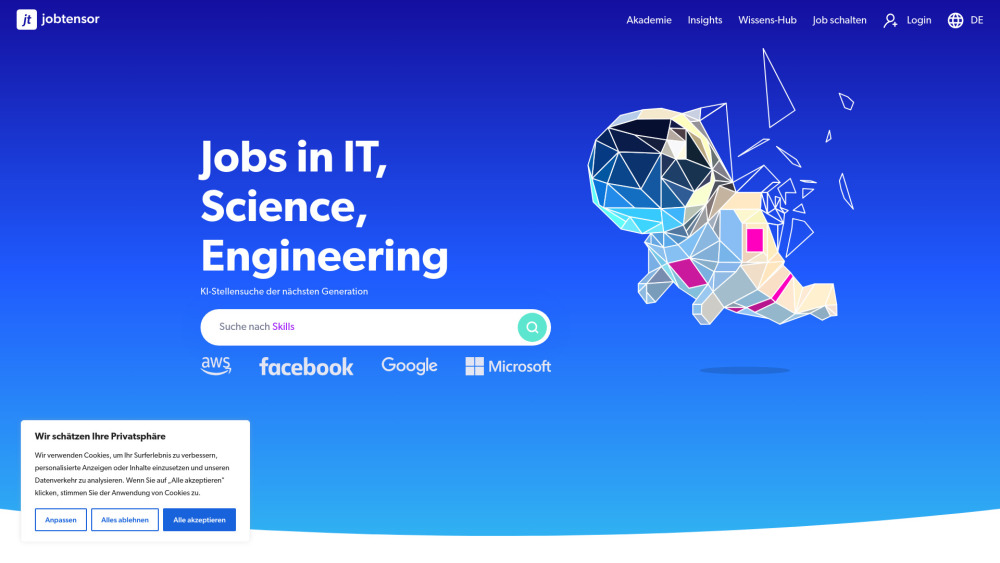Last week, researchers at the University of California, Berkeley published a groundbreaking paper in Nature introducing an “autonomous laboratory” or “A-Lab” designed to leverage artificial intelligence (AI) and robotics for the accelerated discovery and synthesis of new materials.
Referred to as a “self-driving lab,” the A-Lab embodies a bold vision for integrating AI in scientific research by utilizing advanced computational modeling, machine learning (ML), automation, and natural language processing.
Shortly after its release, however, questions arose regarding the validity of some of the claims made in the paper.
Professor Robert Palgrave, an expert in inorganic chemistry and materials science at University College London, raised several technical issues on social media about inconsistencies he observed in the data and analyses presented as evidence of the A-Lab's successes. He specifically highlighted fundamental flaws in the AI's phase identification of synthesized materials through powder X-ray diffraction (XRD), claiming that many of the reported new materials had already been discovered.
AI’s Promise and Pitfalls
Palgrave’s criticisms, which he detailed in a media interview and a letter to Nature, focus on the AI's interpretation of XRD data—a method used to deduce the structure of materials by analyzing how X-rays scatter off atoms. This technique is akin to taking a molecular fingerprint, allowing scientists to match patterns and confirm structures.
Palgrave noted discrepancies between AI-generated models and actual XRD patterns, suggesting that the AI's interpretations were overly speculative. He argued that this misalignment undermines the core claim that 41 new synthetic inorganic solids were produced. In his letter, he presented multiple examples where the data failed to support the conclusions, raising “serious doubts” about the assertion of new materials.
While Palgrave supports AI in scientific endeavors, he insists that complete autonomy from human oversight is unfeasible with current technology. He remarked, “Some level of human verification is still needed,” emphasizing the AI’s shortcomings.
The Importance of Human Insight
In response to the skepticism, Gerbrand Ceder, the leader of the Ceder Group at Berkeley, acknowledged the concerns in a LinkedIn post. He expressed gratitude for the feedback and indicated a commitment to address specific issues raised by Palgrave. While he confirmed that the A-Lab established a foundational approach, he recognized the necessity of human scientists for critical analysis.
Ceder shared new evidence demonstrating the AI's success in developing compounds with appropriate ingredients but acknowledged that “a human can perform a higher-quality [XRD] refinement on these samples,” highlighting the AI's existing limitations. He reiterated that the goal of the paper was to showcase what an autonomous laboratory could achieve, not to claim infallibility, noting the need for improved analytical methods.
The discussion continued on social media, with Palgrave and Princeton Professor Leslie Schoop engaging in dialogue about the Ceder Group’s findings. Their exchange underscored a vital takeaway: while AI holds great potential for material science, it remains unprepared to operate independently.
Palgrave's team plans to reassess the XRD results to better clarify the synthesized compounds, further emphasizing the need for collaborative efforts.
Striking a Balance Between AI and Human Expertise
This experiment serves as a valuable lesson in the capabilities and limitations of AI in scientific research, particularly for executives and corporate leaders. It illustrates the necessity of combining AI's efficiency with the careful oversight of experienced scientists.
The key takeaway is clear: AI can significantly enhance research by managing complex tasks, but it cannot yet replicate the nuanced judgment of human experts. This case also highlights the importance of peer review and the transparency of research, as critiques from experts like Palgrave and Schoop illuminate areas needing refinement.
Looking to the future, a synergistic relationship between AI and human intelligence is essential. Despite its flaws, the Ceder Group’s experiment ignites an important dialogue about AI’s role in advancing science. It shows that while technology can drive innovation, it is the insight gained from human experience that steers us appropriately. This endeavor not only showcases the potential of AI in material science but also serves as a reminder that continuous refinement is crucial for establishing AI as a reliable partner in the pursuit of knowledge. The future of AI in science is bright, but it will shine most effectively when guided by those with a deep understanding of its complexities.





